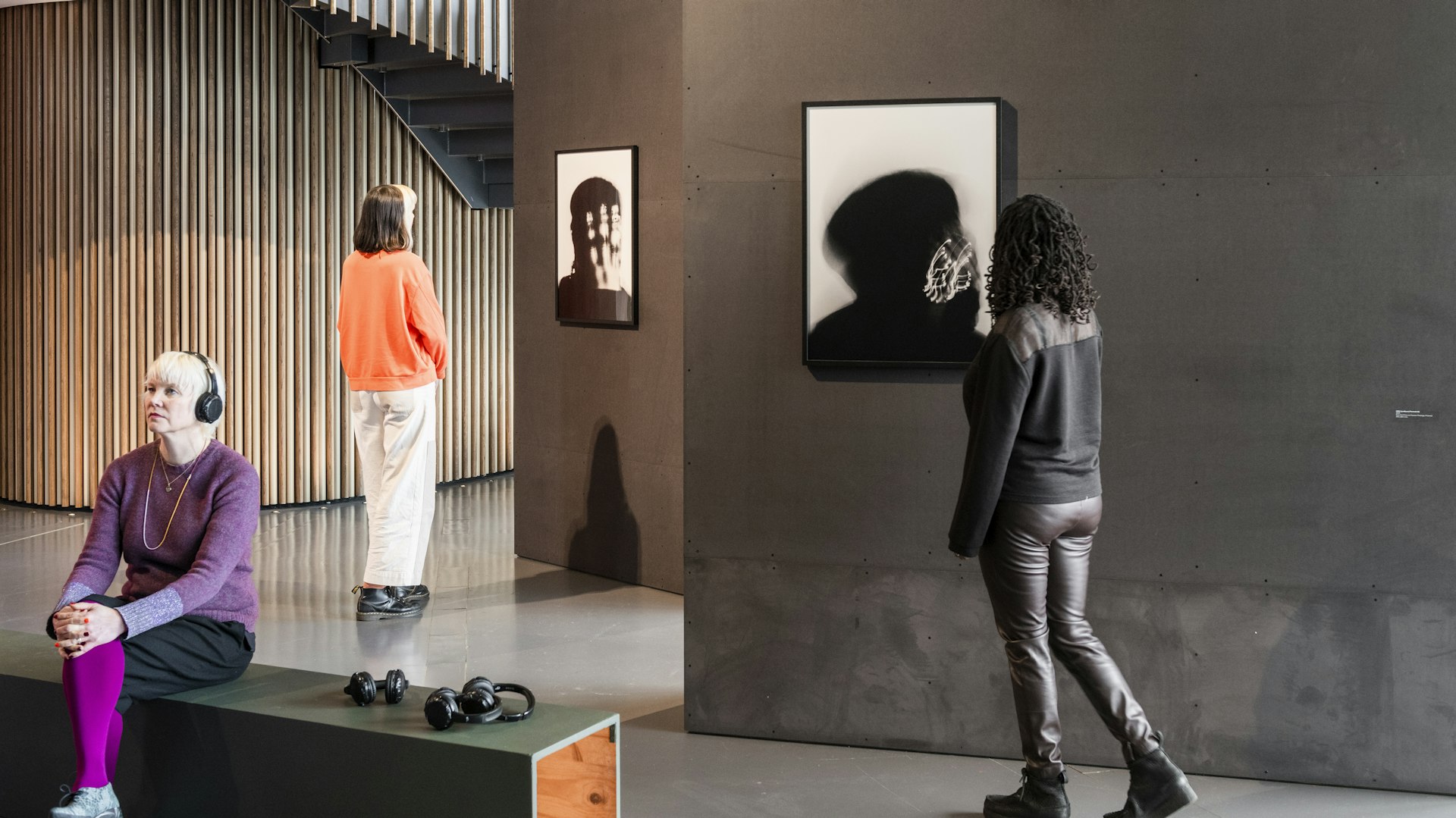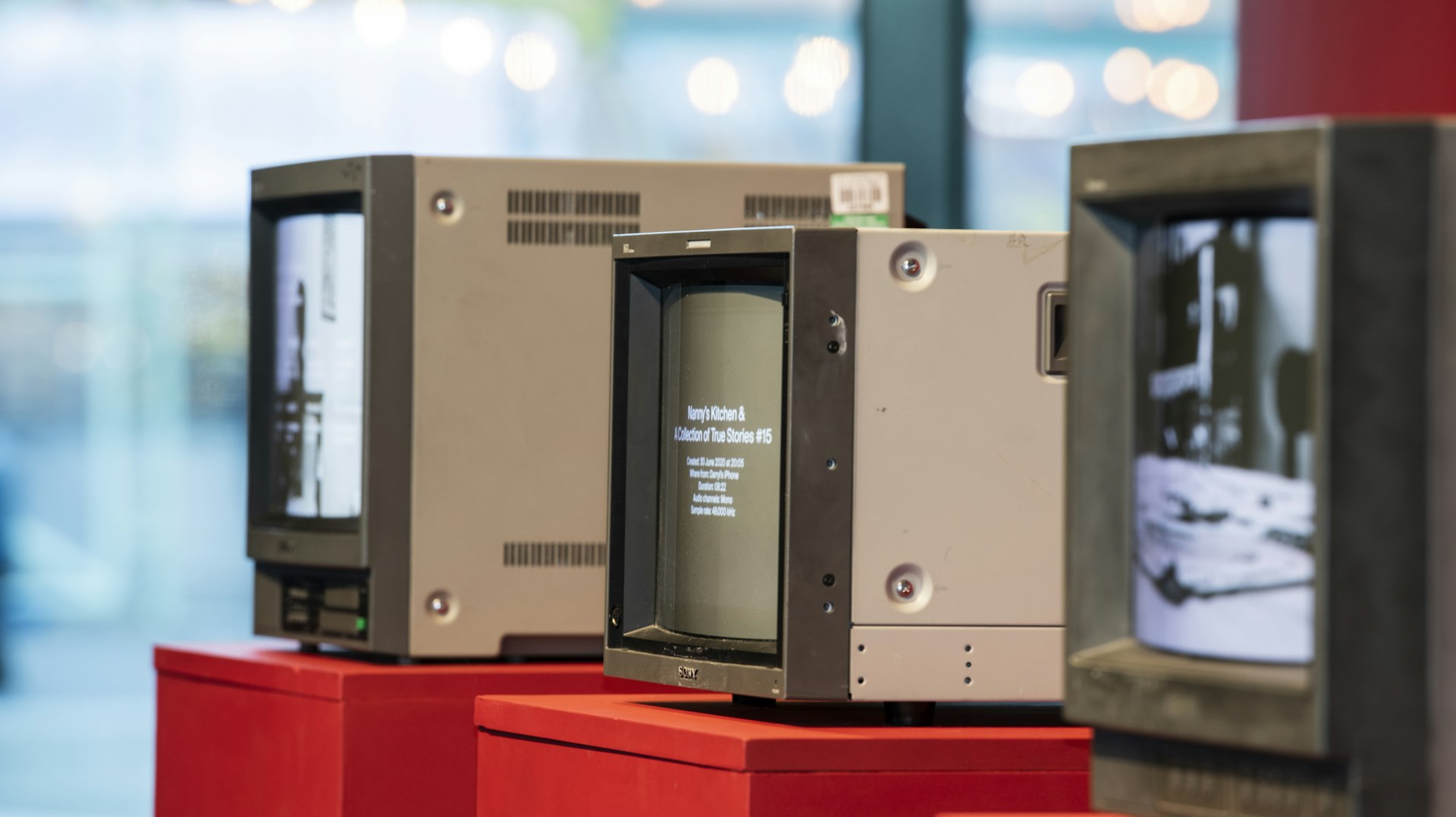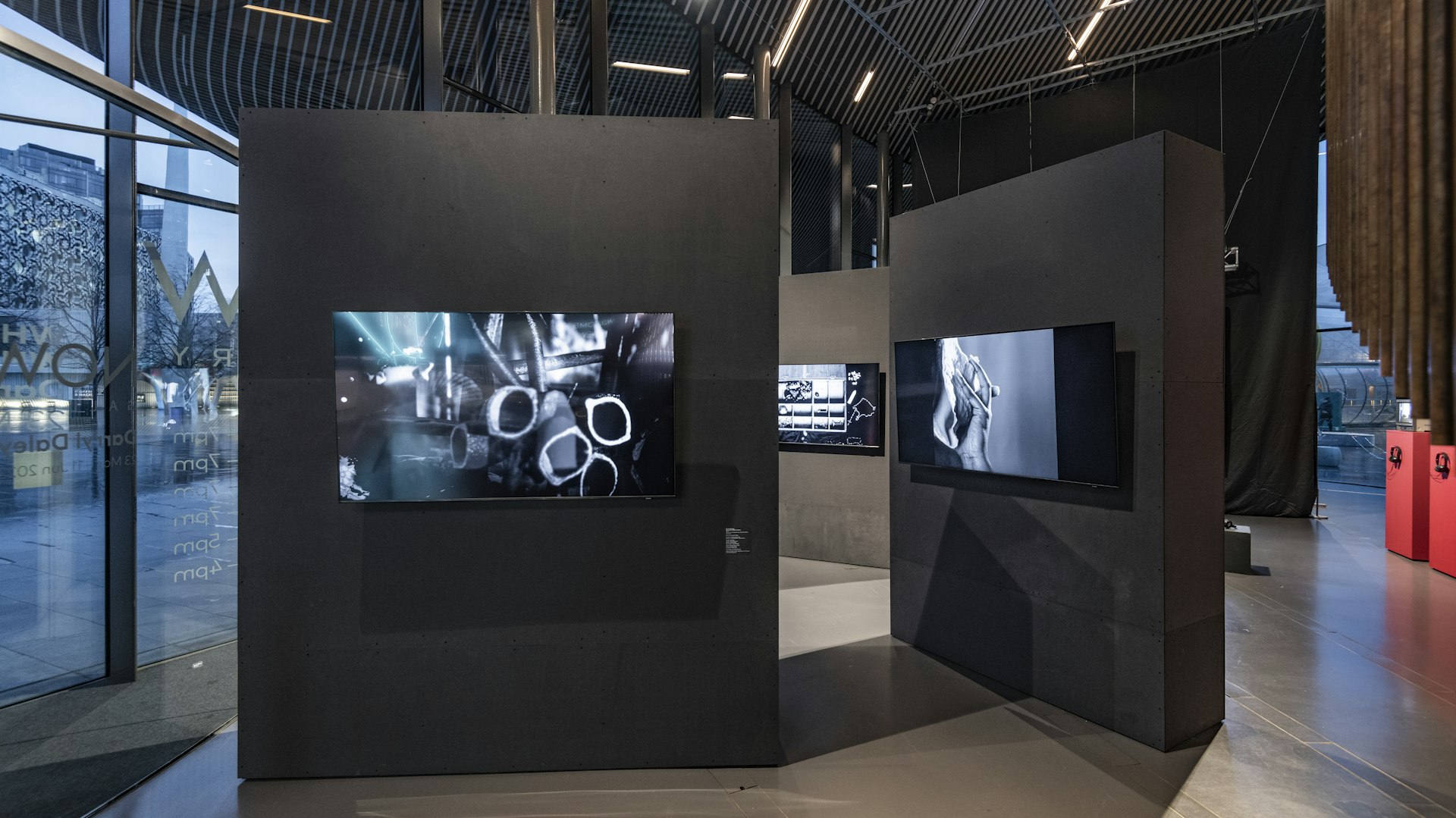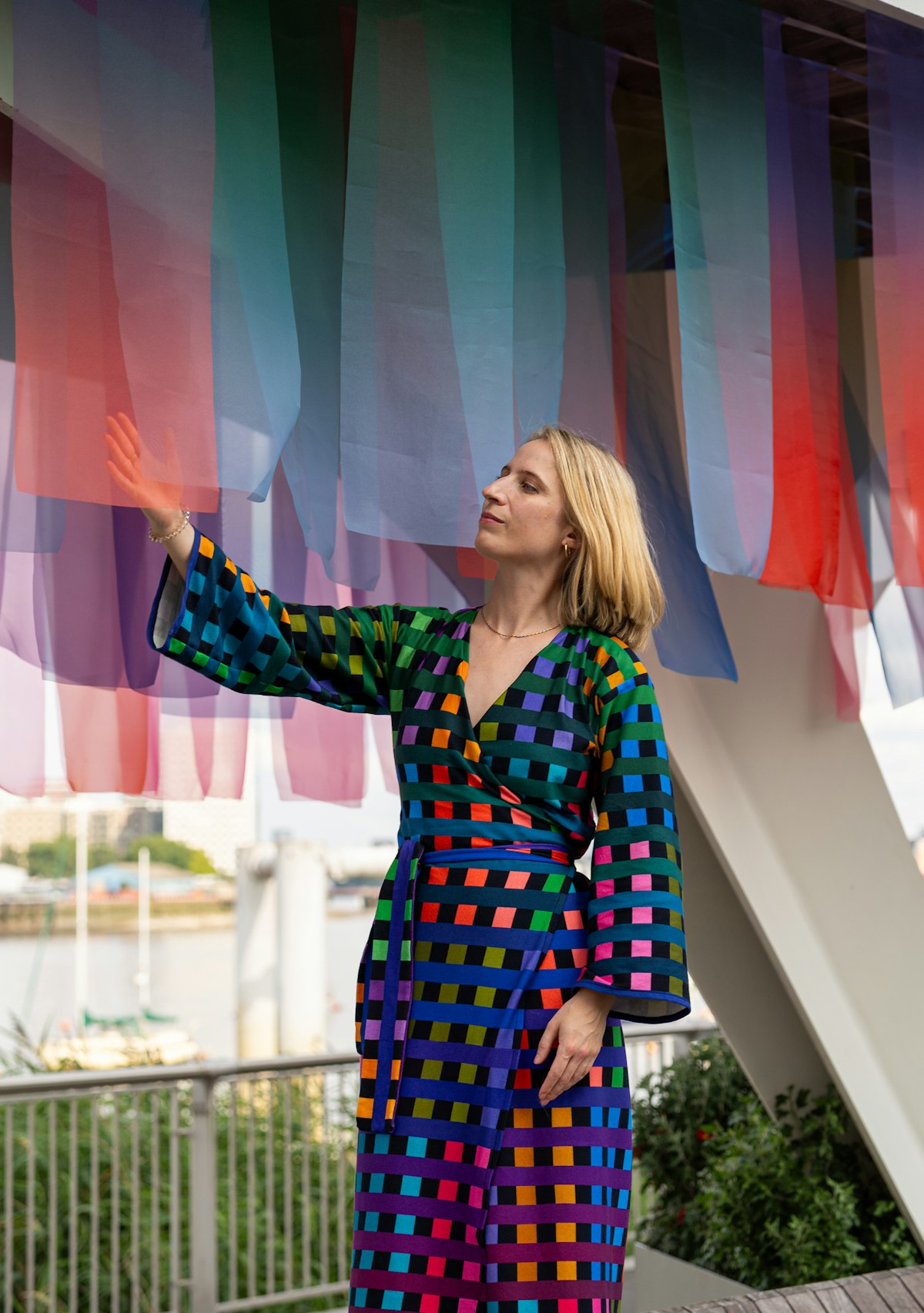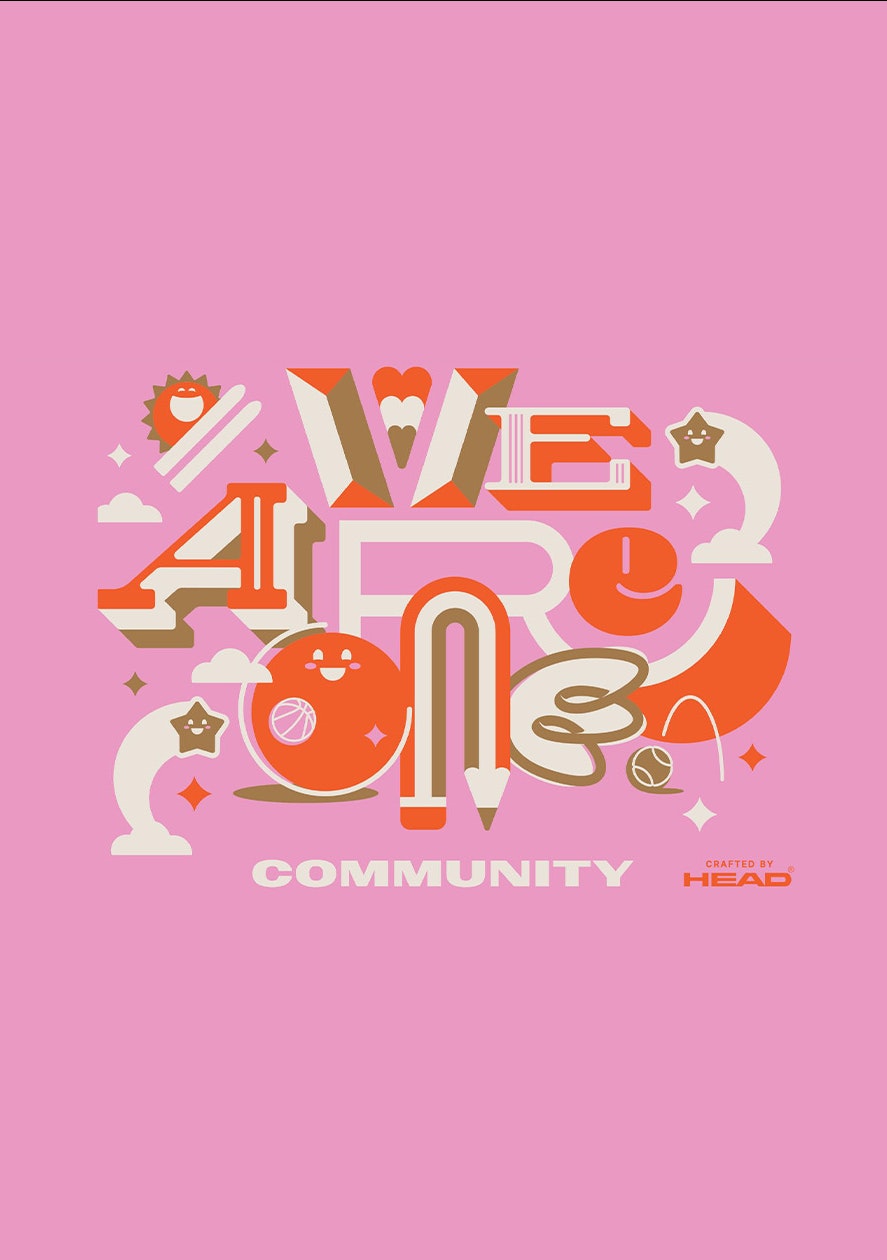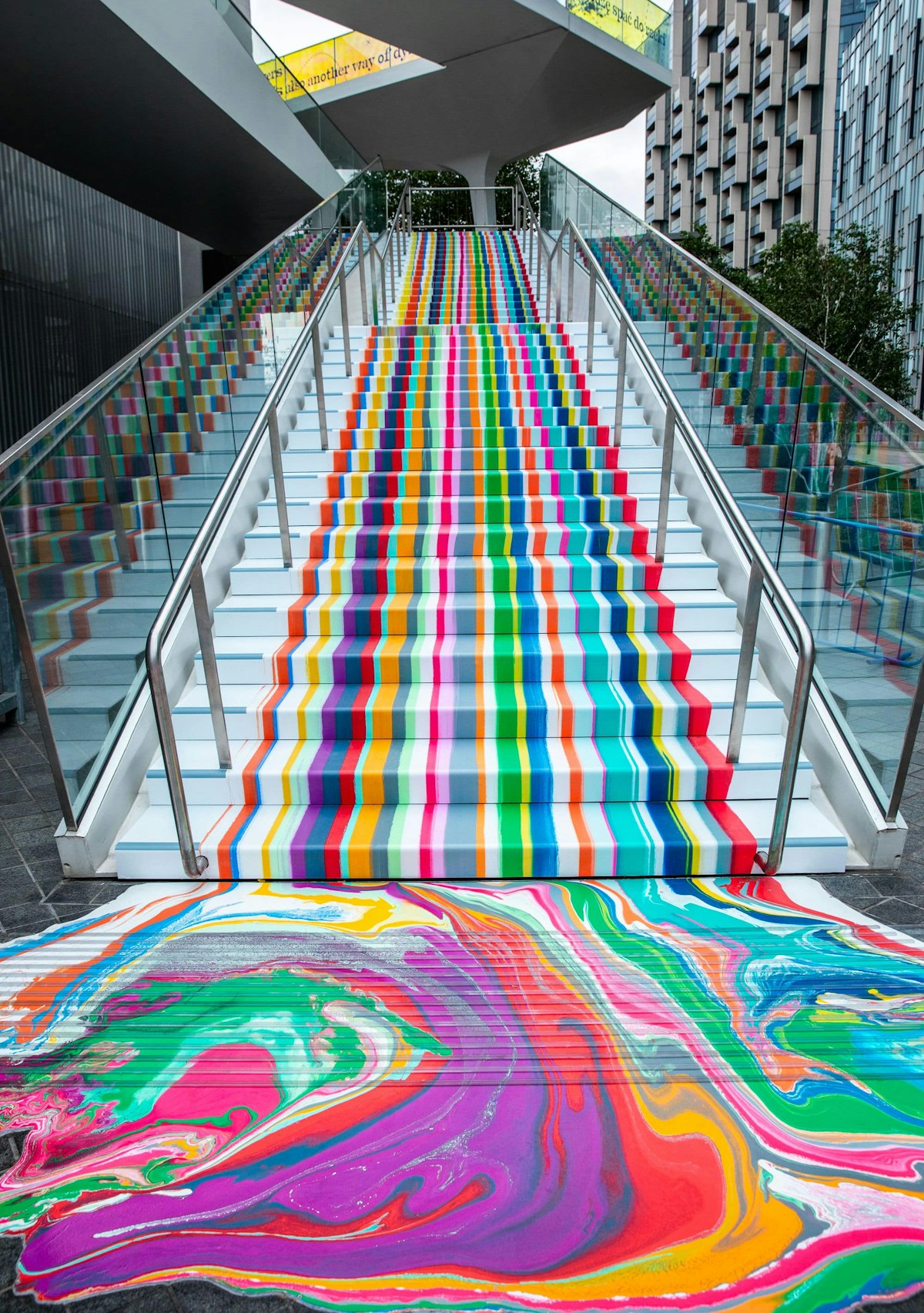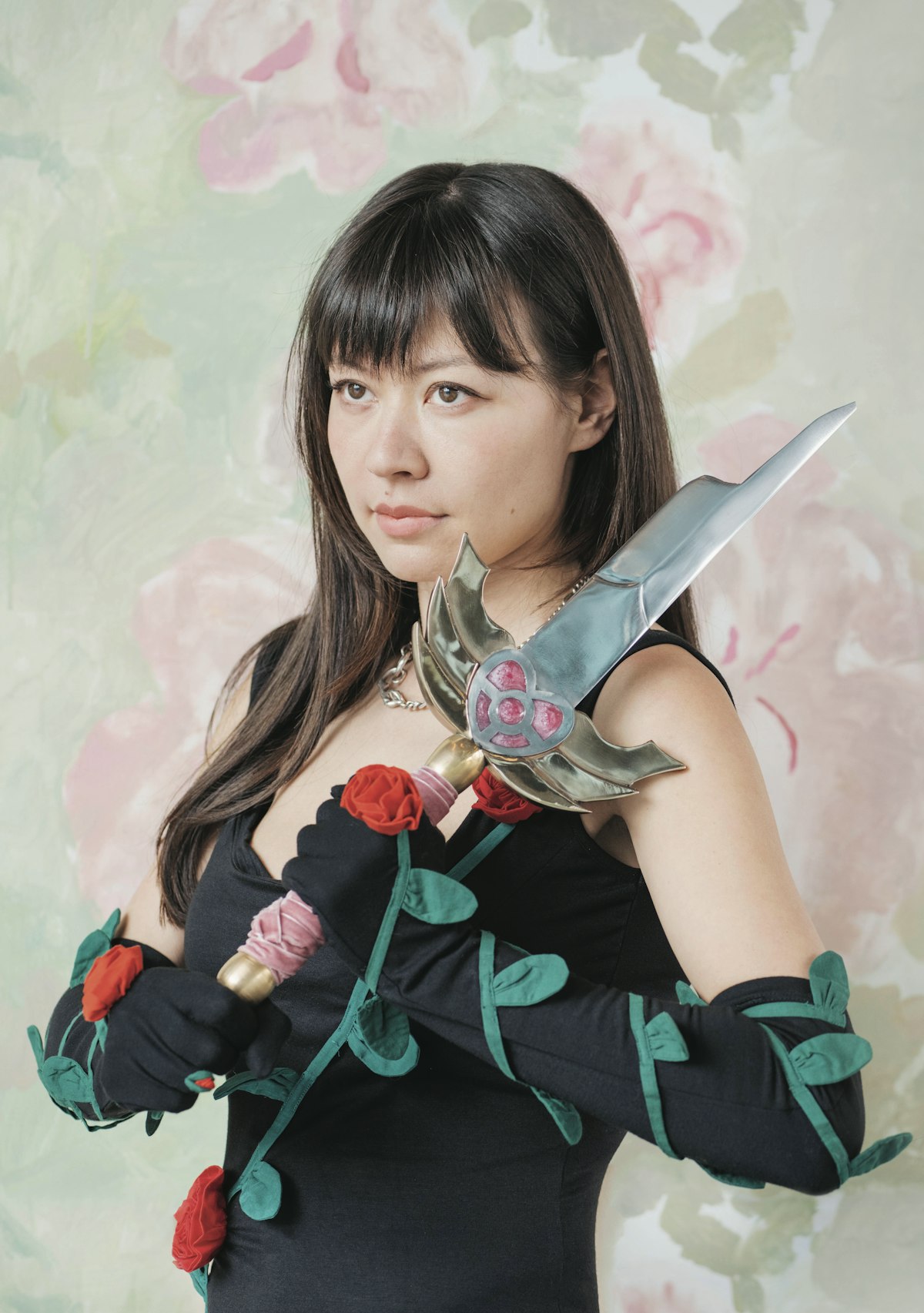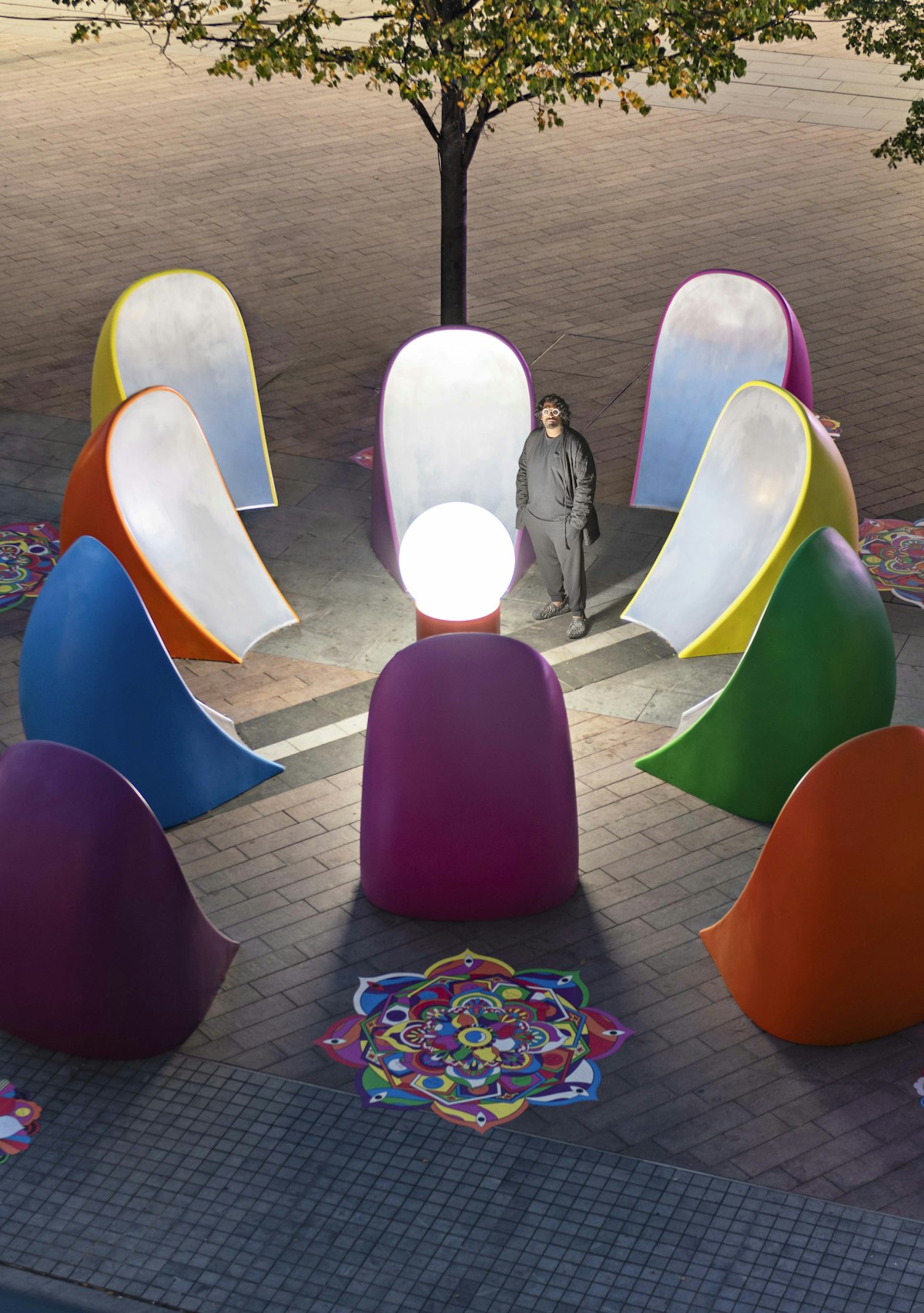
Home from Home
Darryl Daley may only have made his first film in 2020, but the South London-based artist is fast building a body of visionary diasporic narratives that explore themes of family, identity and home.
Darryl Daley doesn’t get hung up on how to define his art – “I’m not even sure I’m in the art world,” he says. “Maybe I am. The art thing is fairly new to me.” – but if pressed he concedes that his work is mostly concerned with storytelling, “with a sensibility towards the use of film, found material and music.” Which doesn’t really give you a lot of detail about what’s going on in his body of work.
His uncertainty about whether he’s “in” the art world may be as much to do with humbleness as it is his relative newcomer status – the South London-born artist of Jamaican descent only released his first film in 2020. Prior to that he’d spent over a decade as a commercial graphic designer, freelancing across some of London’s finest agencies and studios (Accept and Proceed, Rosie Lee and Reason Design among others) creating work for big brands and cultural institutions alike. In this guise he created work for the likes of Kappa and Puma, the V&A and legendary British trip-hop artist, Tricky.
“I like to go by the slogan, ‘DD, your favourite designer’s favourite designer.’” he jokes. “And recently I’ve been able to translate that into video art.”
Perhaps it’s because of this background in graphic design, where creativity is used in service to a client or industry, that Daley has yet to find exactly the right words to express the work he makes for himself. But the work itself is deeply expressive, diving into his familial and cultural history to produce art that is “very personal” in subject matter and “unapologetically Black in terms of theme, reference and feeling.”
Originally, Daley wanted to be neither an artist nor a designer, but a photographer – “my first passion and ambition” – but he had no starting point, and no connections to turn that into his career. “That was a very different time,” he says. “As a young black boy from the inner city I didn’t even know what door to look for to step into the world of a photographer, let alone where to get the keys.” So he pursued design instead. Away from his professional work Daley maintained a keen interest in film and moving image, launching Scene+Heard, a DIY club for cinephiles that focussed on exploring Black culture in film. Here guests were invited to dress according to the period and style of the film being screened to create an immersive experience during the film, not to mention a pretty dapper afterparty.
Daley’s photographic eye never left him, and his design career honed his sensibility for blending powerful imagery, colour, type and music into something deeply evocative. By 2020 those ingredients, coupled with his love of film, had coalesced into works of video art. “I had this moment, click, where I realised how Instagram specifically could rekindle my passion for photography. So I started taking photographs on my phone, which quickly turned into videos that I would add tracks over. I was just playing with ideas freely. Then one day I went to 180 Gallery [in London’s Strand] and saw an exhibition of video art called Infinite Mix, and everything clicked for me. I began to see my Instagram sketches in a new light.”
During lockdown, Daley was able to take those sketches and snippets of ideas and turn them into something bigger. His first foray into film, Blk Soap (2020) paired art historical images of Black subjects with contemporary footage of police brutality against African Americans, overdubbed with music and samples from Tupac Shakur, Sampha and Jean Michel Basquiat. The film traces the voyage of ‘the black body’ and its movement across the Atlantic; an elegy to the history, spirituality, suffering, excellence and resilience of blackness.
Though conceived as a show of solidarity with the Black Lives Matter protests that erupted in the wake of the murder of George Floyd, during its creation — “I could only have made this right now,” Daley told an interviewer at the time. “I think America is the core of everything at the moment.” — Blk Soap also became a vehicle for Daley’s artistic reflection and self-expression. It nevertheless looks specifically at the experience of the African American diaspora, though in later work, Daley focusses his lens much closer to home.
Daley’s exploration of black bodies continued the following year with a commission for WeTransfer, in collaboration with A Vibe Called Tech, as part of a series of works exploring black-owned media. Black Transmission took some of the same themes around the migration of black bodies across the Atlantic but explored them with a different palette, this time using dancers to tell the story through music, movement and dance. Inspired by the earliest instances of an oral tradition centred around drum beat – something that Daley and his collaborators see as the foundation of Black communication and kinship – Black Transmission traces the journey of Black folklore and spirituality from its origins in Africa to its present in modern America.
“"Although I am black British from London, I have a home or an idea of home somewhere else. It’s a bittersweet thought. I’m not nationally Jamaican, I’m British, and my idea of Jamaica comes from my grandmother’s home. It’s that place that has developed my cultural identity and belonging, but at the same time it’s an idea of a place, space or world built from a fragment of my imagination."”
With an original soundtrack by musician and producer Melo Zed (who NOW Gallery regulars may recognise from his work with last year’s young artist commission, Joy Yamusangie) the combination of ingredients is thought-provoking viewing, although the overarching message is one of hope for the African diaspora. “As a rooted African you’ll recognise Blackness wherever it may bloom and bear fruit within the confinements of the New World,” the film’s prologue reassures.
Rooting is a recurrent theme in Daley’s work, in particular in his film UNU, a piece of work that led to his invitation to exhibit at NOW Gallery. In it, Daley turns the camera on his maternal grandmother, documenting a candid conversation between the octogenarian and her home carer. Born and raised in Jamaica at different times, later immigrants in the UK, the two women share memories and reflections on the place of their birth.
“My grandmother was the matriarch of the family,” explains Daley of his motivation to make the film, “and also key to an identity and world beyond London. I’ve spent years documenting my family and their stories, so it was a natural thing for me to make this film. I was constantly in her presence and one day decided to record a conversation between herself and her carer. There was a synergy taking place. I was witnessing a special interaction between two people who had come from the same place, at different times and who now found themselves in the same space at the same time with an identical story to tell.”
Principally their story is about home, or at least how an idea of home can evolve or distort in memory, through personal experience and the passage of time. The two discuss cricket, music, religion, political divisions, civil war and their eventual departure to the UK in search of a better life – replacing their homeland with a new motherland that never delivered what it had promised.
“I think the idea of home definitely lives in the back of my mind,” says Daley. “Although I am Black British from London, I have a home or an idea of home somewhere else. It’s a bittersweet thought. I’m not nationally Jamaican, I’m British, and my idea of Jamaica comes from my grandmother’s home. It’s that place that has developed my cultural identity and belonging, but at the same time it’s an idea of a place, space or world built from a fragment of my imagination.”
That fragment in turn is built on his grandmother’s fragile memories. When she returned to Jamaica later in life, much of what she recalled no longer existed. Elsewhere in the film the women discuss Kumina, a Jamaican form of spirituality that has its roots in Africa. “It’s a piece of a past world and a living breathing artefact of an identity before Jamaica,” says Daley.
These folk traditions, religions, stories and recollections all give expression to a wider cultural identity that fascinates Daley. “This urge to know where we have come from in order to know where we are going. For me the dialogue in and outside of the film around Kumina is a practice of visual anthropology in its purest form.”
Which neatly summarises all the themes at play in What You See Here / What You Hear Here: four works that explore the idea of identity as memory, and the act of archive and imagination colliding to create a space of existence somewhere between the past and present. “I’d say it’s an honest glimpse into my world and imagination,” says Daley. “It’s work that will hopefully resonate and that visitors will remember when they wake up the next day.”
Images by Charles Emerson and Kris Humphreys
